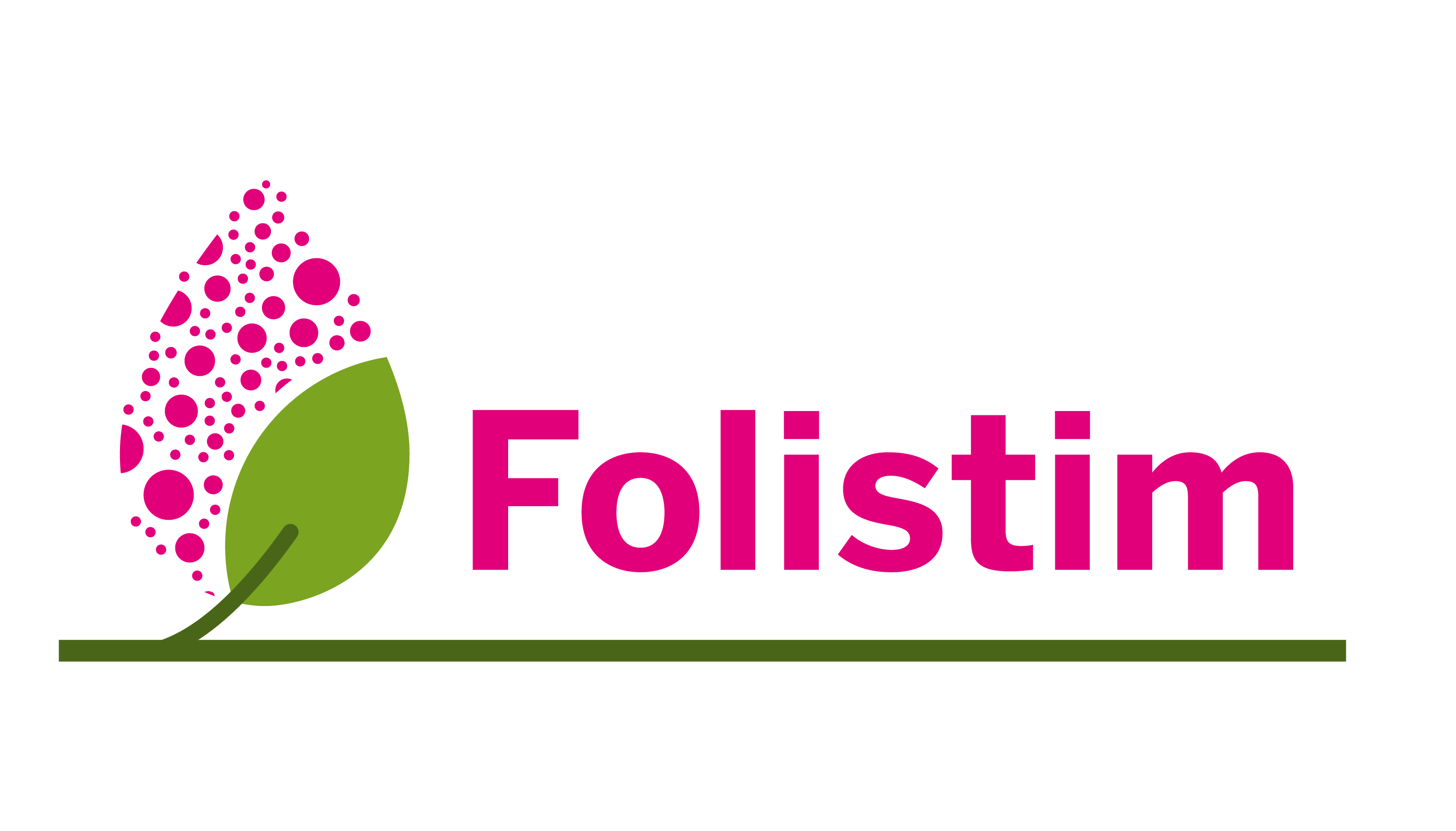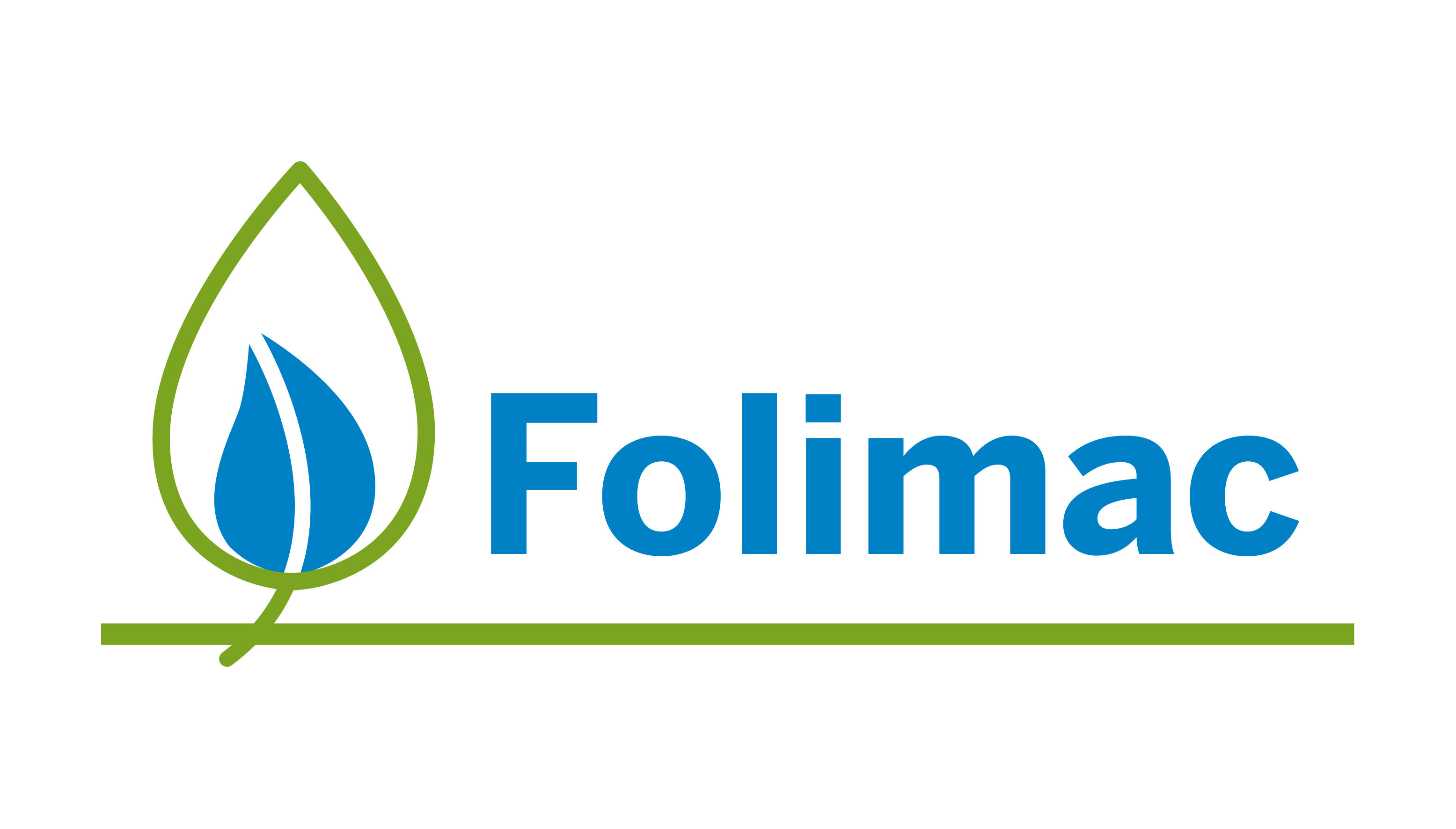Common Bean program
Phaseolus vulgaris L. (Fabaceae), also known as the common bean or French bean, is an herbaceous annual leguminous plant, grown worldwide for its edible beans, used both as the dry seed (dry beans) and as unripe fruits (green beans). The leaf is occasionally used as a vegetable, and the straw is used for fodder.
Bush cultivars produce erect bushes 20 – 60 cm high. Pole or running cultivars (twining, climbing vines) have vines 2 – 5 m in length. All cultivars bear alternate, green or purple leaves, with three oval leaflets. Flowers are white, pink, or purple, about 1 cm long. Pods are 8 – 20 cm long , 1 – 1.5 cm wide, black, green, purple, or yellow, each with four to six beans that are smooth, plump, kidney-shaped, up to 1.5 cm long, and differ in color, often being mottled with two or more colors.
Phaseolus vulgaris L. originated from Central and South America, where it was cultivated as early as 6000 BC in Peru and 5000 BC in Mexico. It was introduced to the Old World by the Spaniards and the Portuguese. It is now widespread and cultivated as a major food crop in many tropical, subtropical and temperate areas of the Americas, Europe, Africa and Asia.
According to the FAO, worldwide production of dry beans is about 27 million tons, cultivated on around 30 million hectares.
Myanmar, India, Brazil, the United States, Tanzania, China, and Mexico represent two-thirds of the world production of dry beans. China is the main producer of green beans (close to 19 million tons, 79% of total world production).
Common beans are an important source of starch, protein, minerals (iron, potassium, selenium, and zinc) and vitamins for many human populations.
FertiGlobal: supporting common bean cultivation management through every growing stage, strengthening the plants and increasing productivity with plant nutrition and bio-activating technologies.
Crop Management Program Common Bean


For a strong, healthy and productive COMMON BEAN cultivation








ASK FOR MORE INFO

